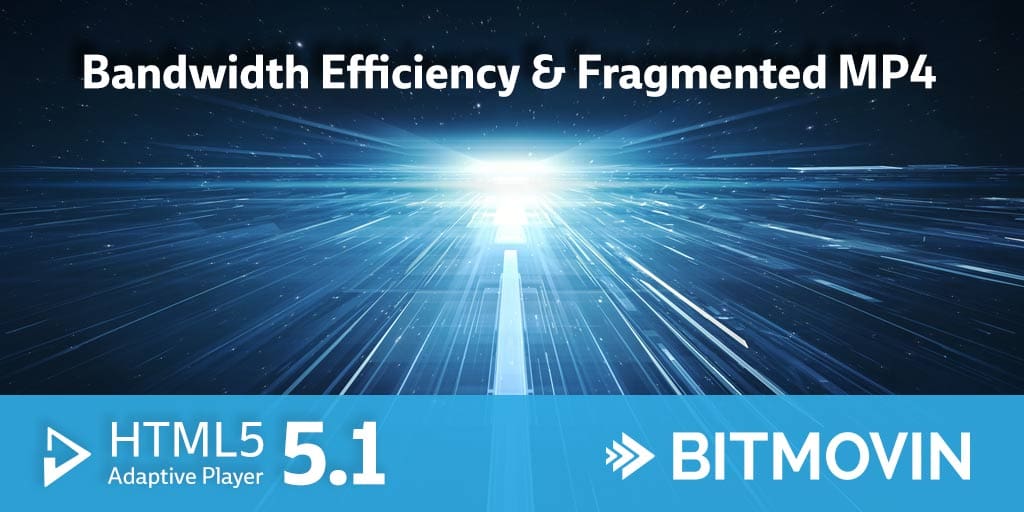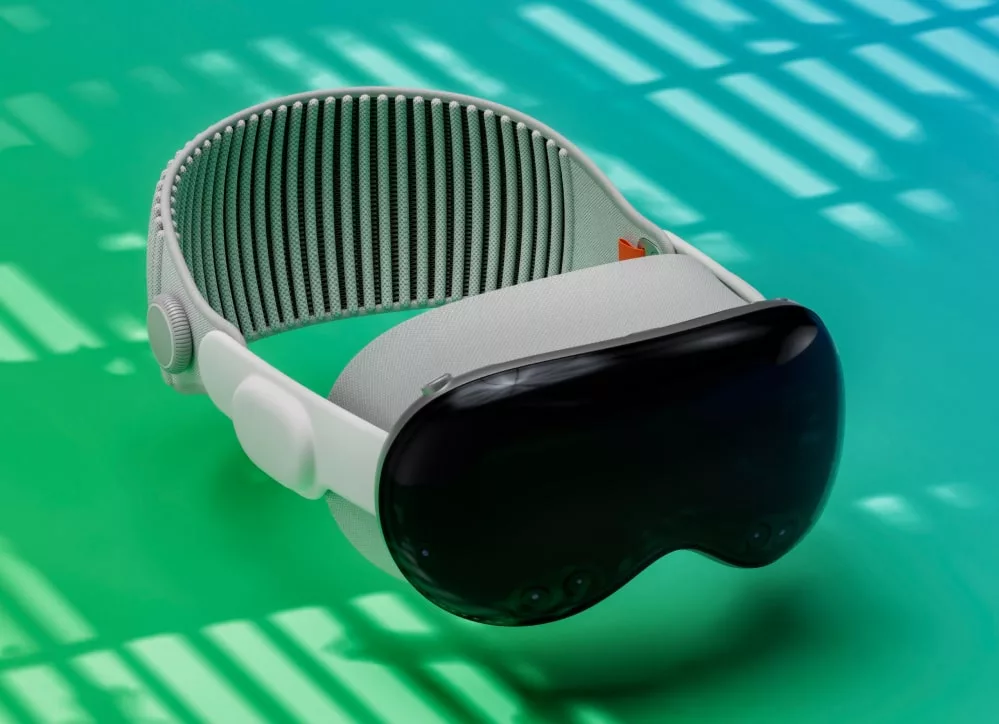
Player version 5.1 uses available bandwidth more efficiently, providing better quality video and increased user experience.
New Adaptation Logic for Faster Startup and Optimised Bandwidth Utilisation
The main job of an adaptive streaming player is to ensure that the video plays at the highest possible quality. As bandwidth conditions change, the player needs to adjust the stream to avoid the video pausing while the buffer is loaded. The adaption logic is the set of rules that the player uses to make these adjustments.
In Version 5.1 we have introduced a completely re-modelled logic. This improved logic still ensures the fast startup times and smooth playback that you are accustomed to from the Bitmovin Player, but at the same time it increases bandwidth efficiency, which enables higher quality representations right from the start of the stream, further improving Quality of Experience (QoE).
Using a player with poor adaptation logic will lead to poor performance and buffering videos, and this will inevitably lead to users switching off. So the adaptation logic is one of the most critical parts of an adaptive streaming player’s implementation and is also part of our checklist for choosing a web-based video player.
Support for Fragmented MP4 Based HLS Streams
 Apple’s step to introduce fragmented MP4 to HLS, announced at this years WWDC16, could have a huge impact on online video. With this in mind I am very happy to say that our player is ready for it!
Apple’s step to introduce fragmented MP4 to HLS, announced at this years WWDC16, could have a huge impact on online video. With this in mind I am very happy to say that our player is ready for it!
Up until now it has been necessary to encode content in different formats to maximize browser coverage and reach most of today’s end-user devices. This increases the storage footprint of your content by 2x and also reduces CDN efficiency as content cannot be effectively reused across devices.
Playback on iOS is a good example; to enable playback on iOS devices, you need to multiplex your content into MPEG-2 Transport Stream, which is (was) required by HLS. You also need to multiplex your content into fragmented MP4 format to enable native HTML5 playback with MPEG-DASH on browsers such as Google Chrome, Firefox, Android and other devices.
Now with the step towards using fragmented MP4s in combination with HLS, it will be sufficient to multiplex your encoding once to fragmented MP4 and simply use the produced segments for both technologies, HLS and MPEG-DASH. Only the manifest files will be different.
But the support for fragmented MP4 using HLS is not the only thing which has been introduced. Find all necessary information about updates from WWDC16 and a demonstration of HLS playback, using fragmented MP4, in our recent blog post: WWDC16: HLS supports Fragmented MP4.
Release Channels and Player Versions
 At Bitmovin we are very active in developing new features for our Adaptive Streaming Player and we try to deliver them to our users as quickly as possible. This rapid development schedule means that at any given time we always have a range of builds in various stages of testing. To help lighten the load on the team, and allow users to be more engaged in the testing process, we have introduced Release Channels, a common mechanism in SaaS development. This allows our users to opt-into potential unstable versions to help test new features, spot bugs, and provided general feedback.
At Bitmovin we are very active in developing new features for our Adaptive Streaming Player and we try to deliver them to our users as quickly as possible. This rapid development schedule means that at any given time we always have a range of builds in various stages of testing. To help lighten the load on the team, and allow users to be more engaged in the testing process, we have introduced Release Channels, a common mechanism in SaaS development. This allows our users to opt-into potential unstable versions to help test new features, spot bugs, and provided general feedback.
There are four public channels available – in order of latest stable to most stable. We offer the Developer Channel, the Beta Channel, the Staging Channel, and finally the Stable Channel (default for every account).
More information about our release channels and how the different player versions fit into your workflow, can be found in the release channel documentation.
What’s Next?
Within v5.2 we plan to enable HLS playback on Chromecast and open-source our default skin. This action will provide even more flexibility in context of customization and skinning, and make it easy to adopt the look of the player to any custom CI. Stay tuned.
All the best,
Reinhard & the Bitmovin Team!




